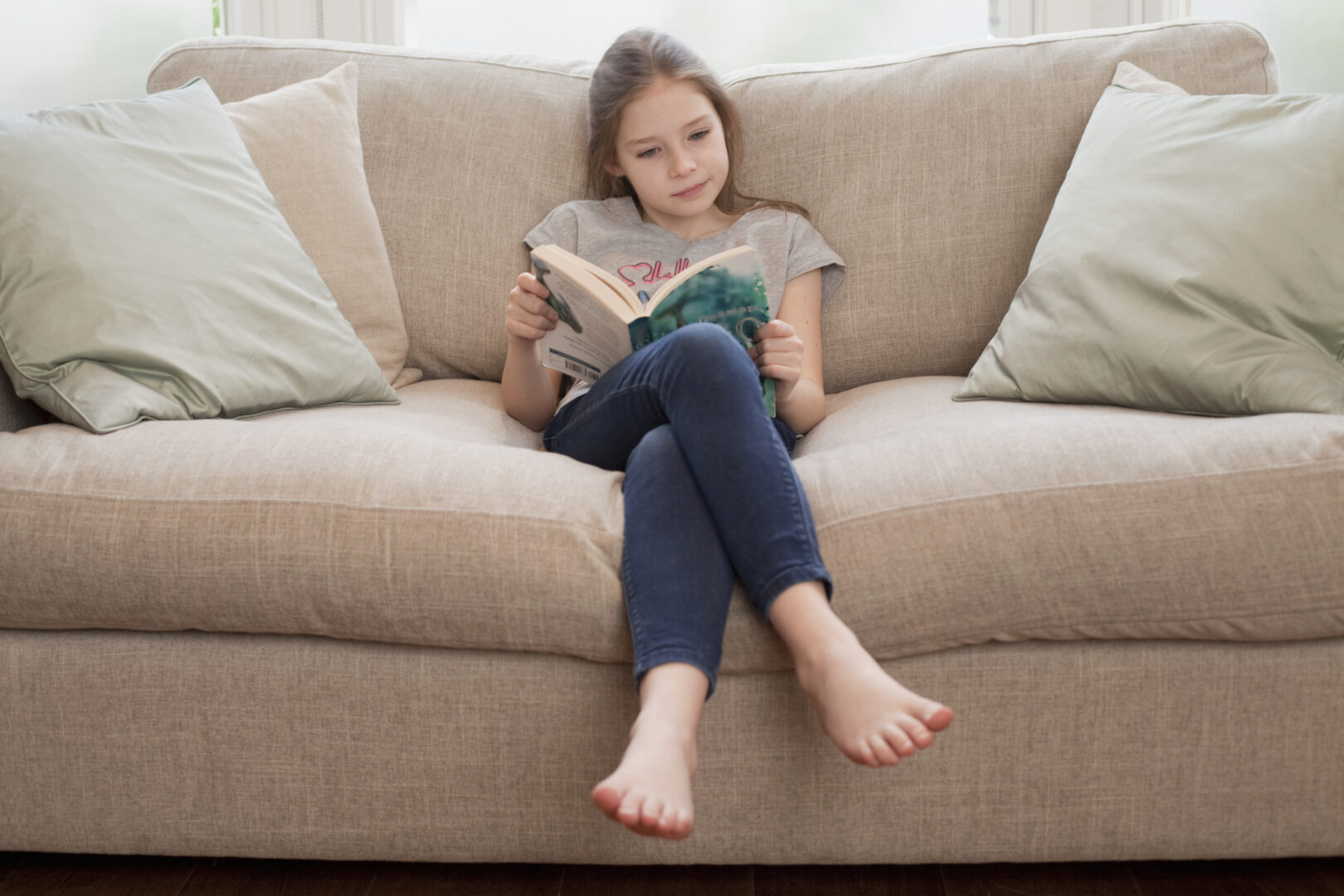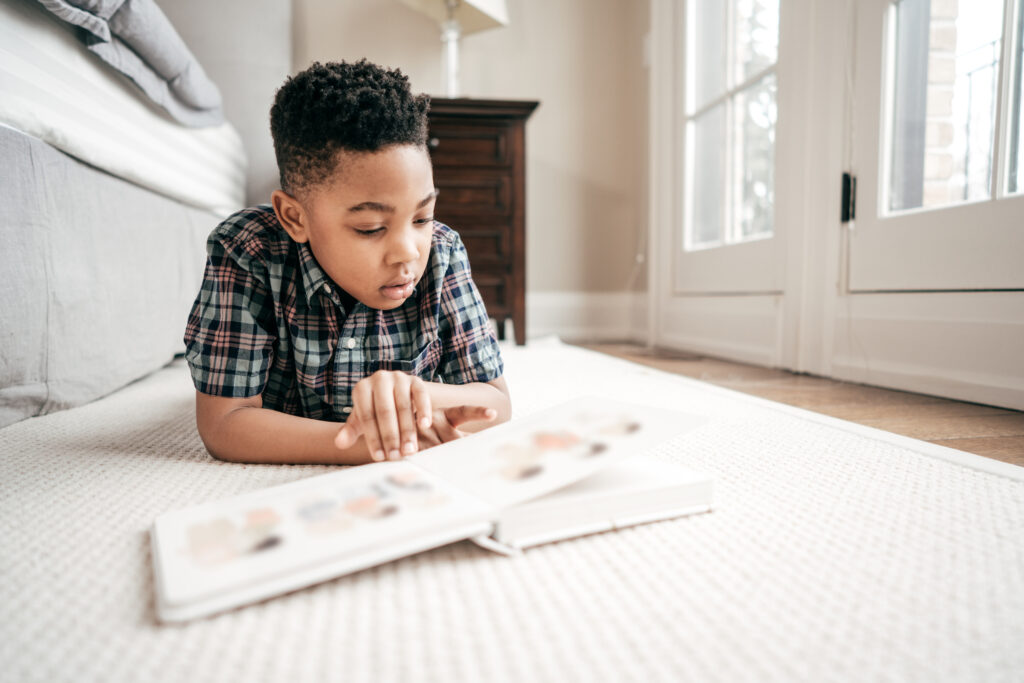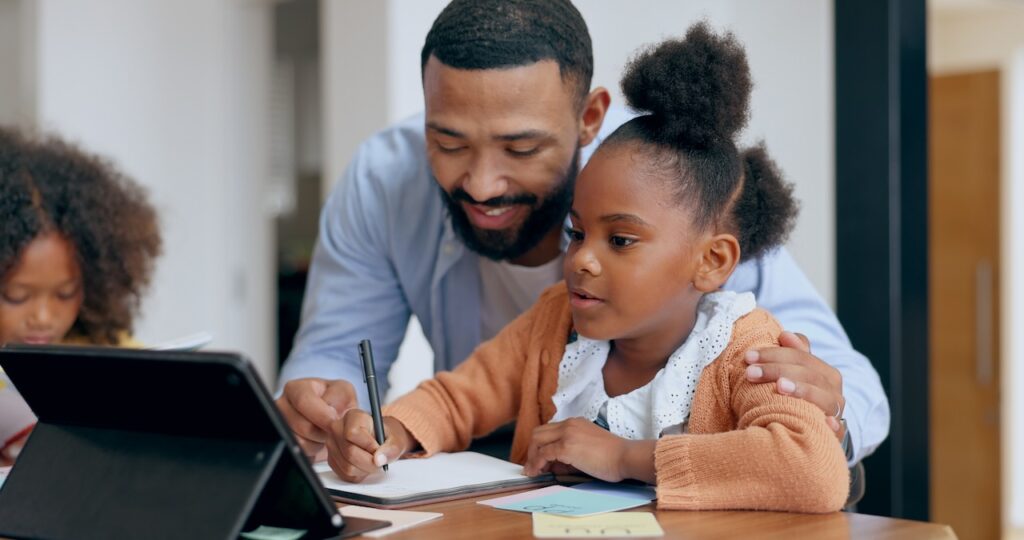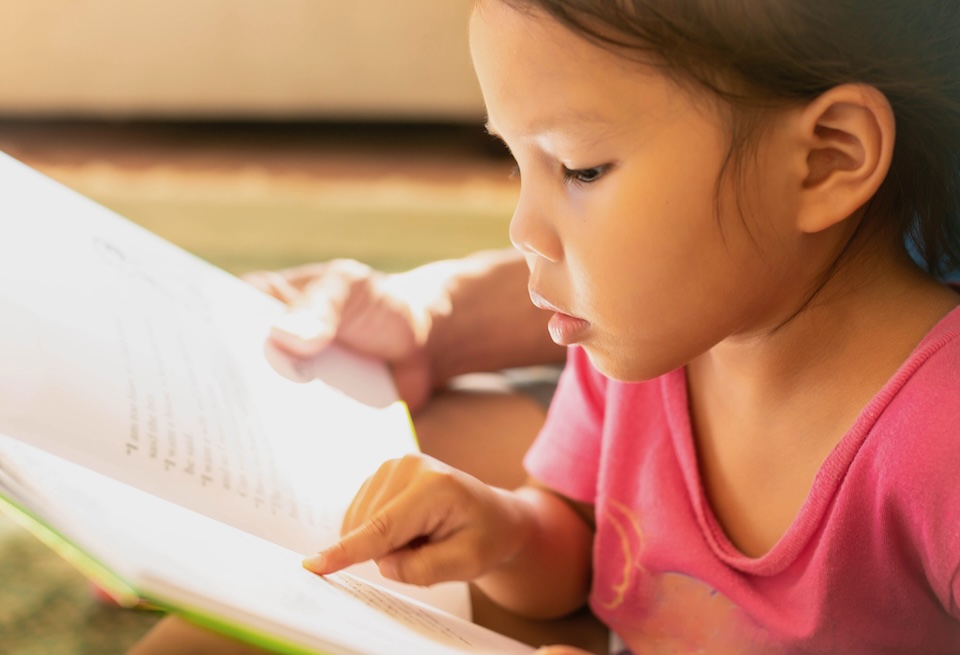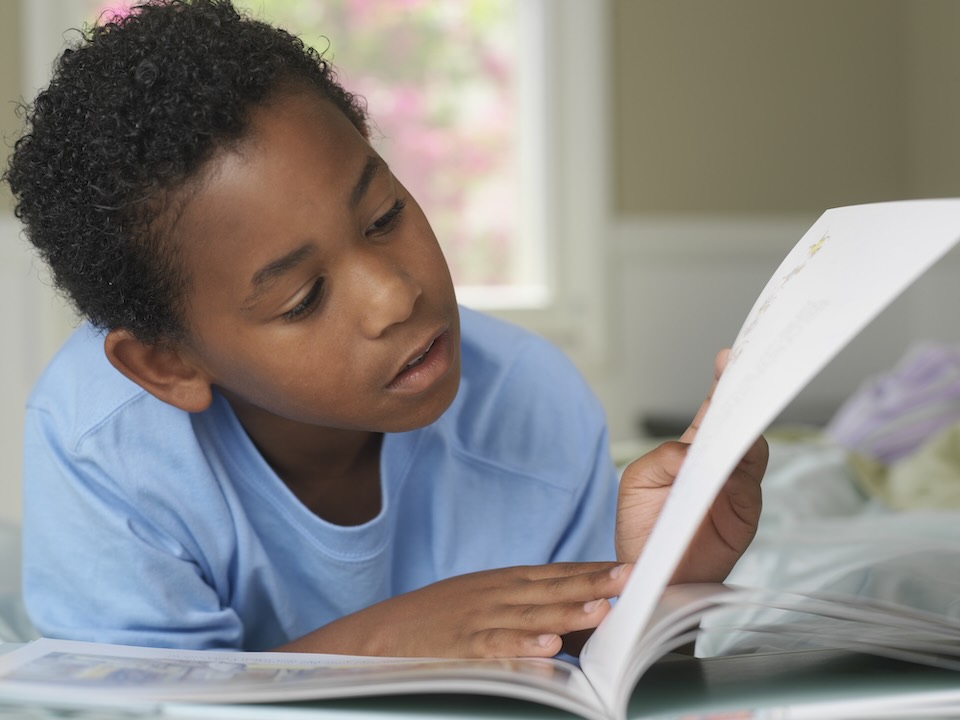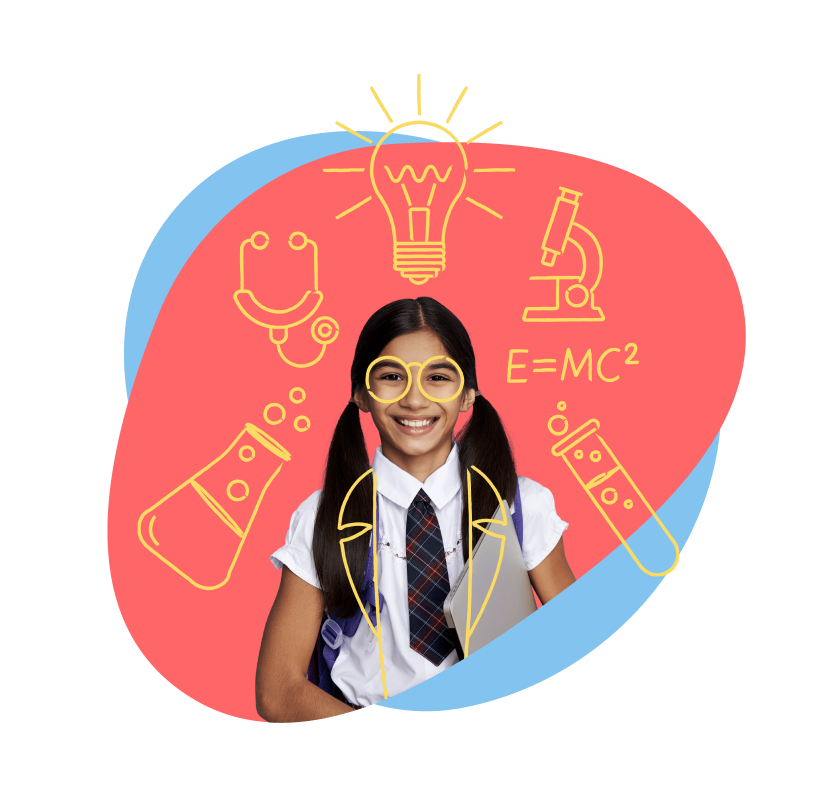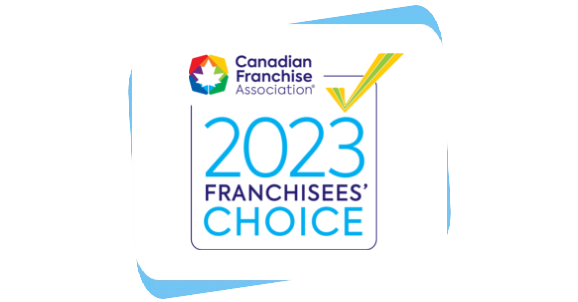Screen vs paper paper: When it comes to reading to learn, is screen or paper the better way to read ? In today’s digital world, it’s no surprise that reading off a screen is commonplace. After all, we have mini computers in our pockets and have access to a world of text at our fingertips.
But is reading off screens the best way to best way to learn?
Not surprisingly, swapping the printed page for digital pixels can change the way our brain process information. For students, this can make a significant difference in their ability to absorb and retain what they read.
The Printed Advantage
Studies show that reading print books leads to better reading comprehension and deeper learning compared to digital reading. A 2024 meta-analysis of 49 studies found that students who read on paper consistently scored higher on comprehension tests than those who read the same material on screens. Researchers call this the “screen inferiority effect”—meaning that digital reading leads to lower information retention and understanding.
The Screen Effect
The Screen Inferiority Effect refers to the phenomenon where readers tend to comprehend and retain less information when reading on screens compared to reading on paper. It has been widely found that screen readers consistently score lower on reading comprehension tests than paper readers.
Why Does This Happen?
The three main reasons why this happens are:
- Cognitive Overload – Screens encourage multitasking and scrolling, which can disrupt deep comprehension.
- Lack of Mental Mapping – Physical books provide spatial cues (e.g., turning pages and text placement) that help with memory and information recall.
- Tendency to Skim – Readers on screens are more likely to scan text instead of engaging in careful, analytical reading.
Who Is Most Affected?
While this effect impacts all age groups, younger readers are particularly vulnerable. Studies show that children who primarily read on screens develop weaker reading comprehension skills compared to those who engage with print books.
The Impact on Young Readers
The way children read has an even bigger impact. Research shows that children who grow up with access to physical books complete an average of three additional years of education compared to those who do not. In contrast, studies have found no such correlation between e-books and academic success.
Additionally, an MRI study found that children who spend more time reading books have stronger brain connections in areas related to language and cognitive control. Meanwhile, children who spend more time using screens show fewer of these crucial connections.
Attention Spans
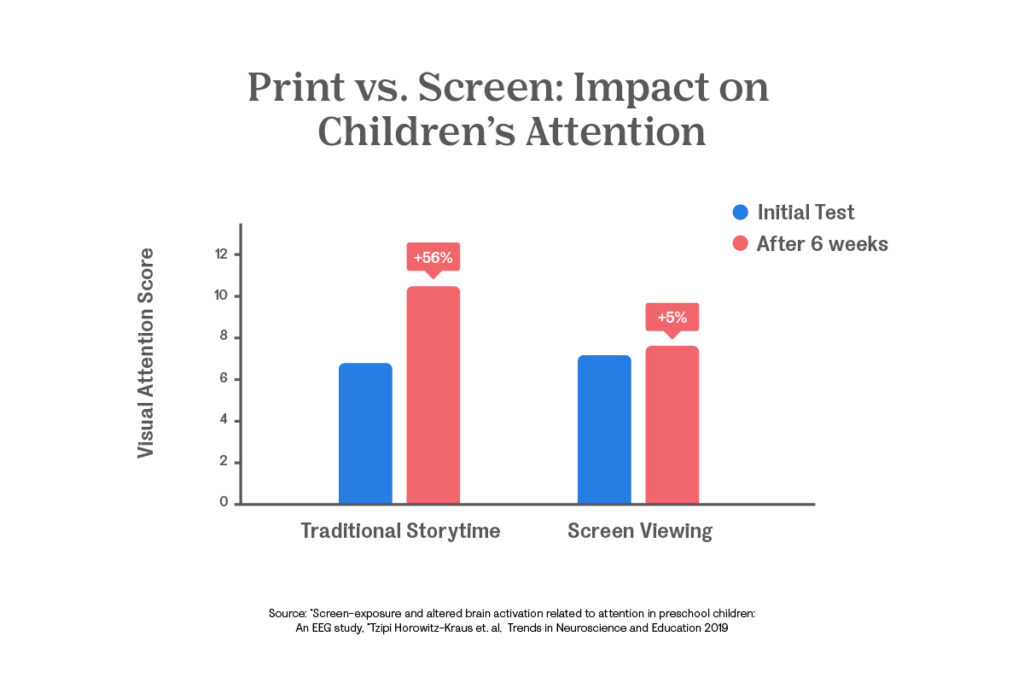
Screens can also impact students’ attention spans. A study of preschoolers compared two groups:
- Group A) Listened to a story read from a physical book with an adult
- Group B) Watched the same story on a screen with audio narration
Six weeks later, the children who watched the story on screen performed significantly worse on attention tests and exhibited brain wave patterns similar to children with ADHD.
For older students, research using eye-tracking technology revealed that those reading print texts approached the material more carefully, frequently re-reading important details. In contrast, students reading on screens tended to skim, leading to lower reading comprehension scores.sing eye-tracking technology revealed that those reading print texts.
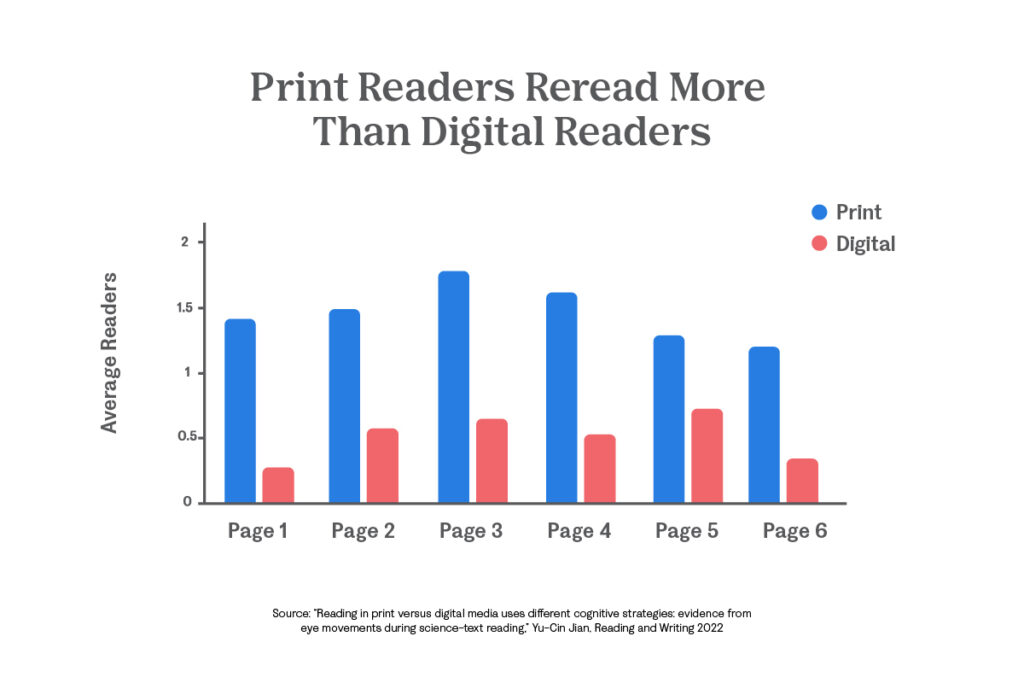
What Can Parents Do?
Given the overwhelming evidence in favor of print reading, how can you, as a parent, help your child build better reading comprehension habits? Here are some tips to use:
- Encourage print reading at home: Having physical books readily available encourages deeper reading and better retention.
- Balance screen time with paper reading: While screens are unavoidable, setting aside daily time for print reading can reinforce strong literacy skills.
- Use print materials for studying: Students should opt for printed study guides and notes whenever possible when preparing for exams to improve their reading comprehension.
- Model print reading: When children see parents reading physical books, they are more likely to develop the same habit.
Tutoring & Reading Skills
GradePower Learning’s reading programs incorporate research-backed cognitive strategies to help students improve their reading abilities, whether it’s through guided reading sessions, print-based study materials, or customized learning plans that reinforce deep reading habits.
Research shows that reading on paper is still the best way to support lasting learning and academic success. By making small shifts toward print reading, students can build stronger literacy skills. They can also improve reading comprehension and set themselves up for long-term success.
Want to help your child develop better reading comprehension skills? Contact us today to learn how our tutoring programs can support their learning journey!
Get started helping your child build better reading skills. Contact a location and enroll today.
